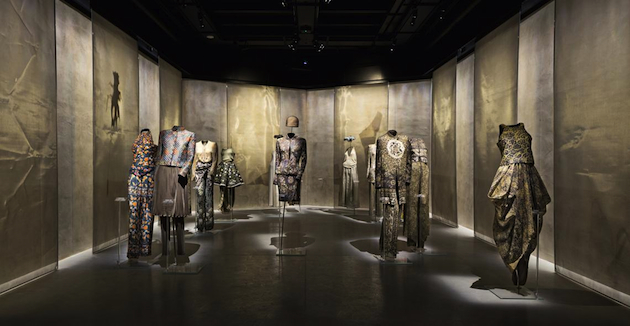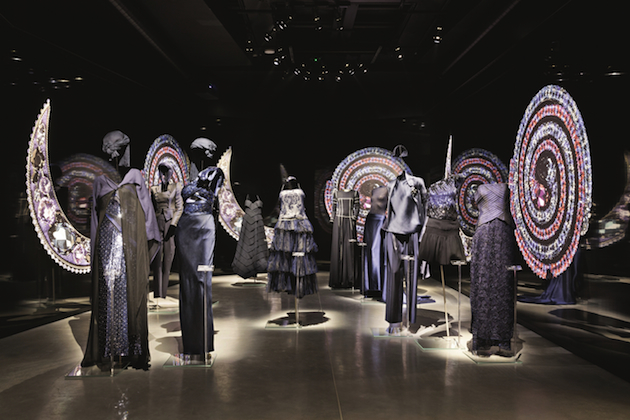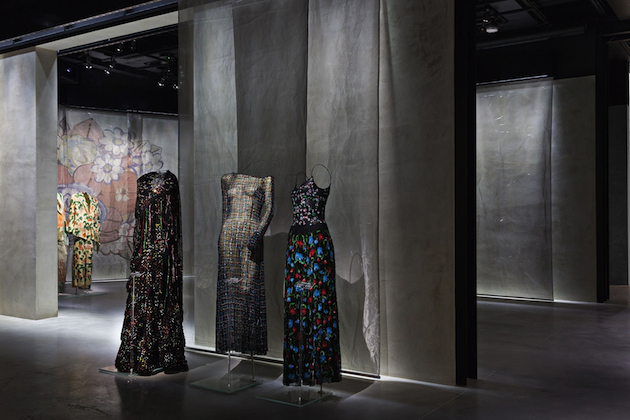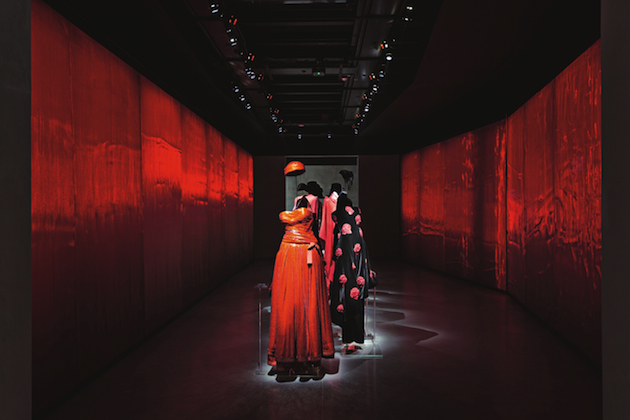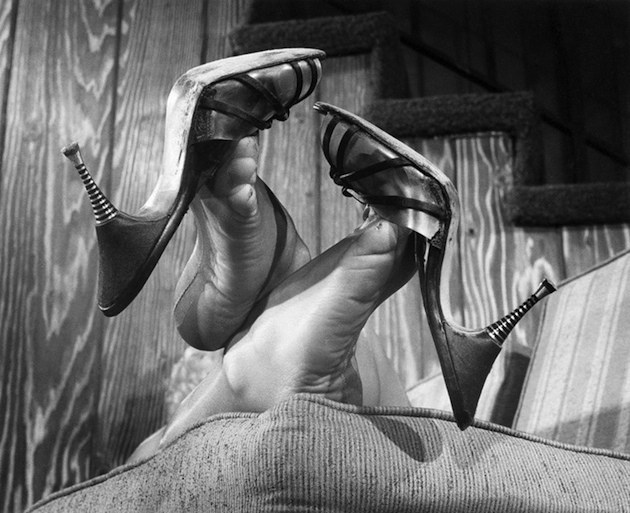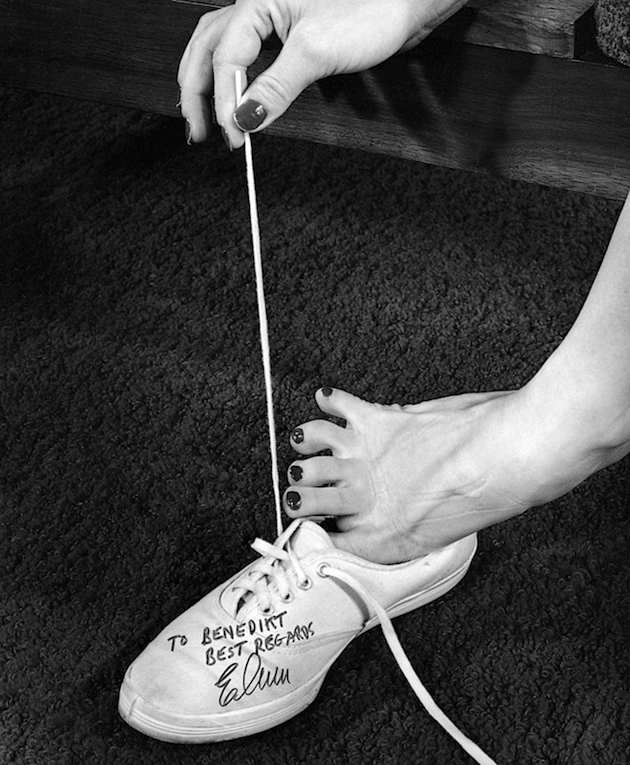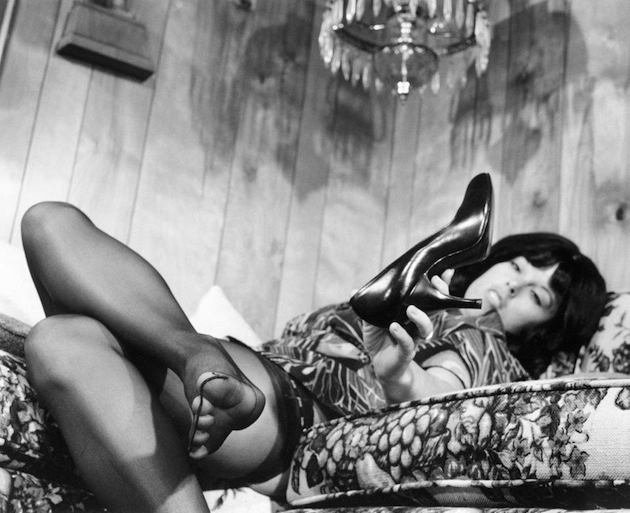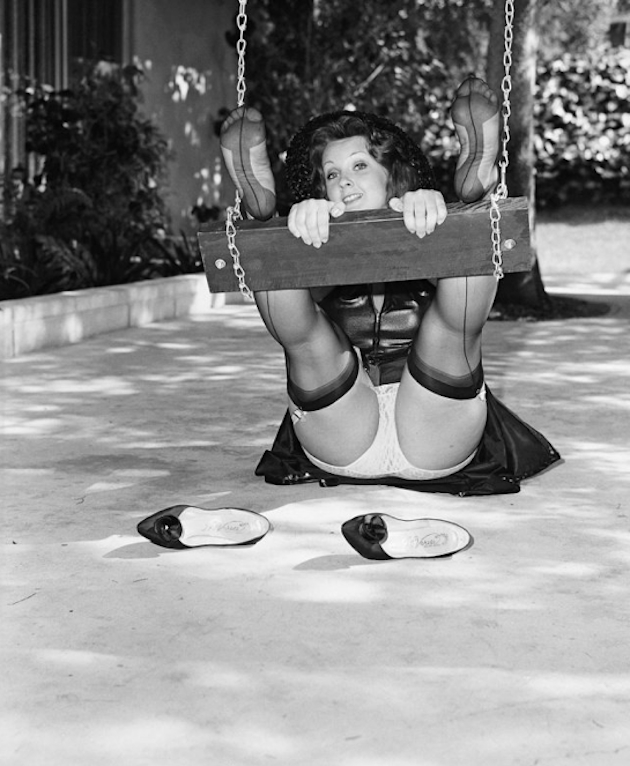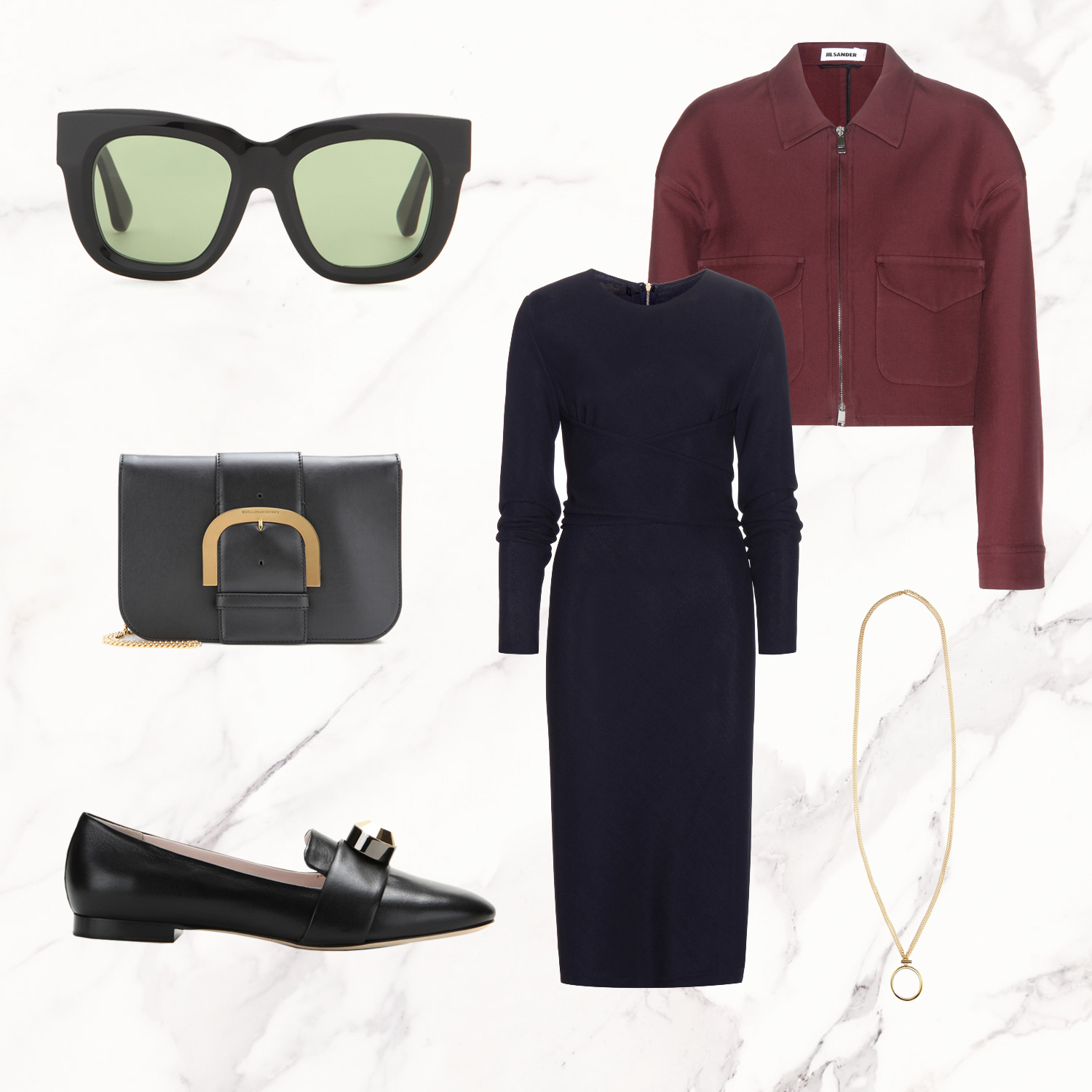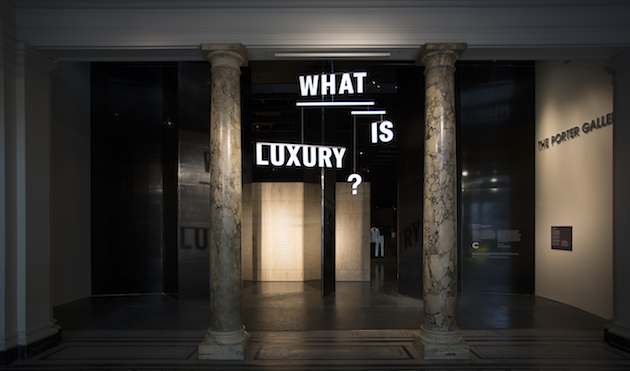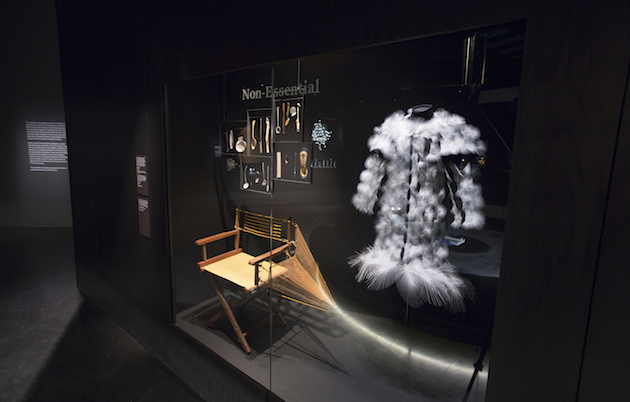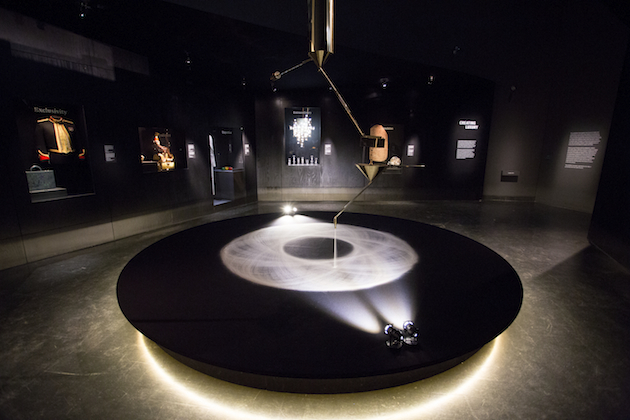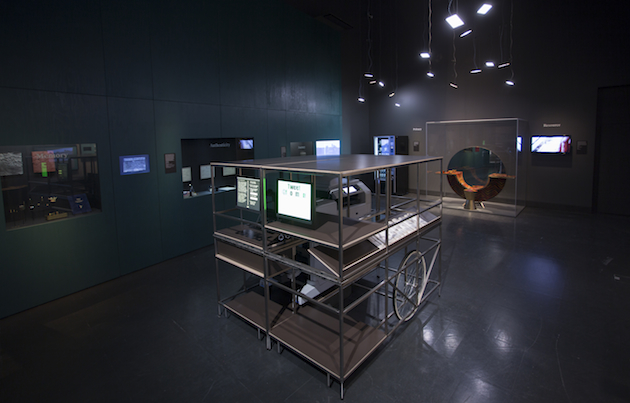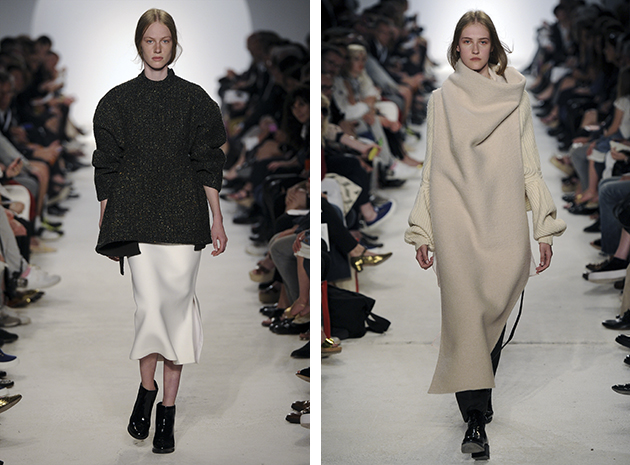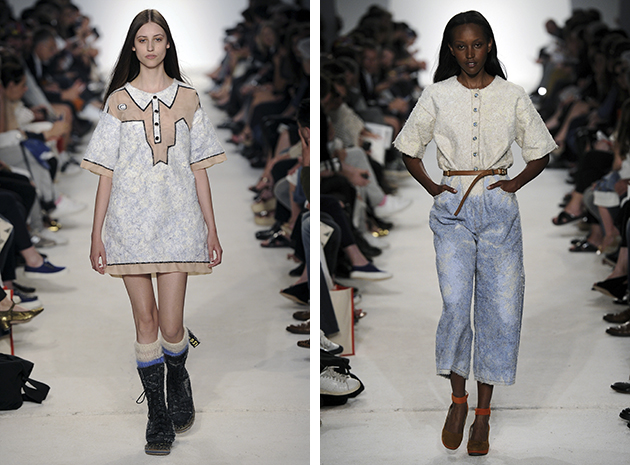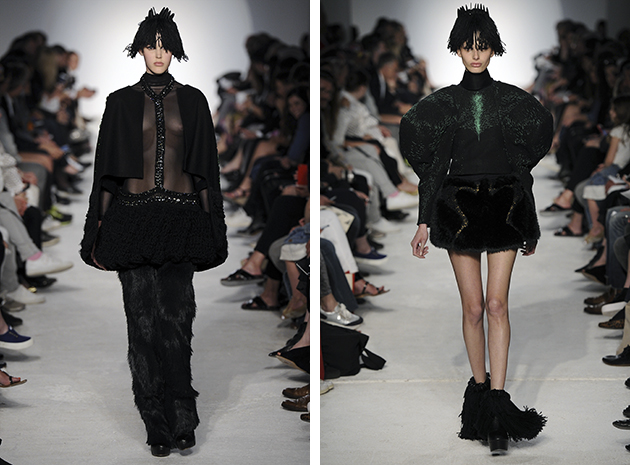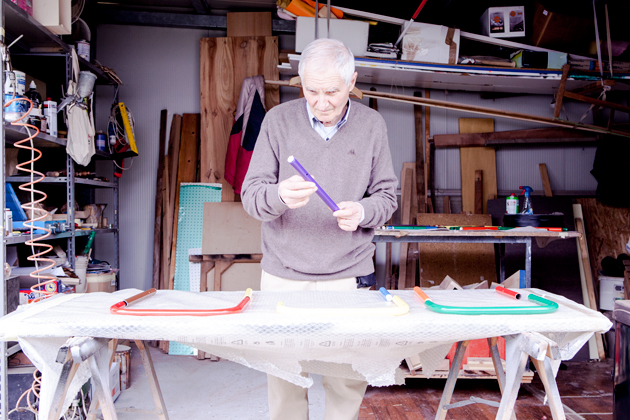
Marco and Ivano are not only a generation apart – between the young Venice-based designer and his dad stands a whole world of values and modes of being, brought together by their mutual dedication to craftsmanship and the grace of making. While Marco approached craft through a desire to deepen his knowledge of design (together with Lorenzo Mason, he co-founded Tankboys design studio) and the understanding of the material culture that surrounds him, for Ivano it was less a choice than the course of life, a path he embarked on when he was only 14 years old. Here, the two generations of craftsmen discuss the meaning of making and how it might shape the future.
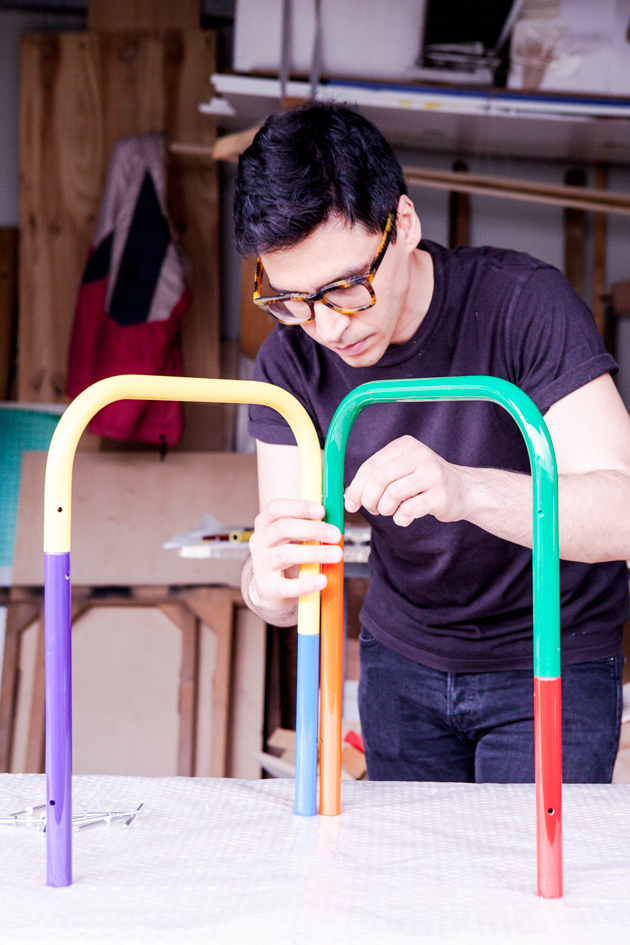
Ivano, we know you are an amazing master craftsman, but we never got to know what led you to become a woodworker. It would be nice to hear your story…
I started working when I was 10 years old, initially helping my father build our family home, and later with small building jobs, I also repaired bicycles and worked as a butcher, until I arrived at a bigger company here in Jesolo, my town, when I was 14. It wasn’t a simple woodworking workshop – it was a construction company and it even raised livestock. So while learning how to work with wood – with a craftsman who was by no means gentle and kind with young artisans – I also did may other jobs. After leaving this company, I changed a couple of workshops, until coming to MALS, where I worked until my retirement, working on projects that spanned from bars in the Veneto region of Italy, to work for the Vatican, in Austria, Paris, Israel.
Ivano, what do you think is the biggest gap between artisans of your generation and the younger ranks of designers/makers working today?
I believe the biggest gap today is caused by education and the evolution of new technologies. Young generations don’t have the dedication, the mental concentration and the passion to learn the trade. They are more concentrated on their phones and on making money, rather than on learning how to use one’s hands and to think. Nowadays, the schools give you information, but what lacks is the knowledge, the ability to make – the knowledge that comes from using one’s hands and hence the head that leads the process. Everyone is a robot now and copies everyone. When I was young, the crafts schools were extremely strict, it was very easy to fail exams and copying was in no way allowed.
Ivano, it seems you are quite disillusioned with younger generations. Then what do you feel does the future of craftsmanship look like?
I believe craftsmanship certainly has a future. Despite younger generations being reluctant in learning how to make things with their hands, there is a return to crafts. It is a curve inherent in the development of the contemporary world – we are at its peak, slowly preparing for a return to a more traditional, authentic relationship with the world that surrounds us, where crafts will play a central role. And it is already visible with young practitioners like Marco.

Marco, could you describe the project you made together with your dad a bit: what led its creation, what is the reasoning behind the project and why do you feel it is relevant today?
First of all, I wouldn’t say it is relevant today, at least not for ‘the real world’. But it is extremely relevant for us as a design collective, because it is a form of learning, of education. It is a reflection on what designing an object means when one has a limited amount of tools on his or her disposal. The idea of the project came about from a desire (a fairly useless desire, at that) to build with one’s hands objects entirely made of discarded steel tubes. It was a desire to reproduce Marcel Breuer’s chairs today, with the metal discarded by the industry that produced Marce Breuer’s chairs. It is not a tribute to Breuer, but a reflection on his work today – a process of learning from history, from his path. The title of the project “Connecting Dots – with a Riveter” reveals this metaphoric idea of a connection, an intrinsic link with the past that no designer can forgo. Design is made of links and connections.

Could you explain the relationship between you and Ivano – how does the conceptual idea behind your project meet his knowledge as a craftsman? How did he approach a project that is completely different from what he usually does?
Ivano’s approach could be simply summed up as ‘intuitive’. He acts following his intuition – undoubtedly coming from decades of experience – independently from the material he uses. As Richard Sennet has eloquently said, an artisan perhaps may not be good with words, he may not be able to explain clearly how he has made his objects, but that nevertheless does not mean he is not able to make them – things simply come about through this silent knowledge of craft. It could be defined as pure instinct, but it can only be described that way if we take into account all the years of passionate, dedicated work. An artisan is by definition creative – he solves problems with wit and intuition. That said, since I was little, my dad has taught me how to use my hands, how to make things. This is why, as a design practitioner, I perfectly agree with what Enzo Mari has said: practice comes before and leads theory – it should never be the contrary.
Marco, what do you think are the difficulties and dynamics in translating the tacit knowledge of craftsmanship from older generations to young designers, who are often educated and approach the profession with a completely different set of methodologies and tools?
I have to repeat what my father has said and what may seem banal: today we are using more with the computer than with our hands, and hence, our minds. Especially in Italy, there seems to be a sort of a critical distance from this uninhibited manual work. Designers are prone to creating an object perhaps even without understanding the complexities of its production. Design should return to its origins, and be more intricately linked with production processes and less concerned with appearances.
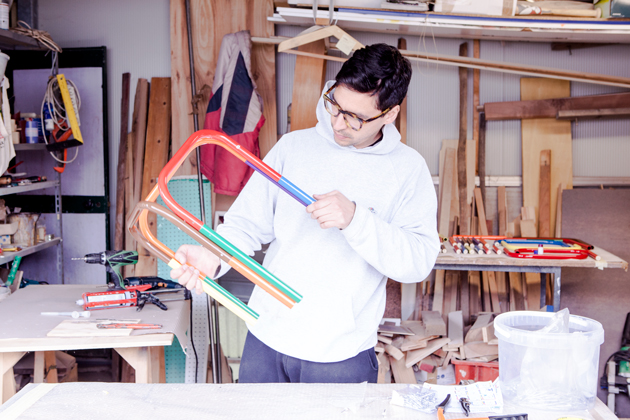
Interview by Rujana Rebernjak
